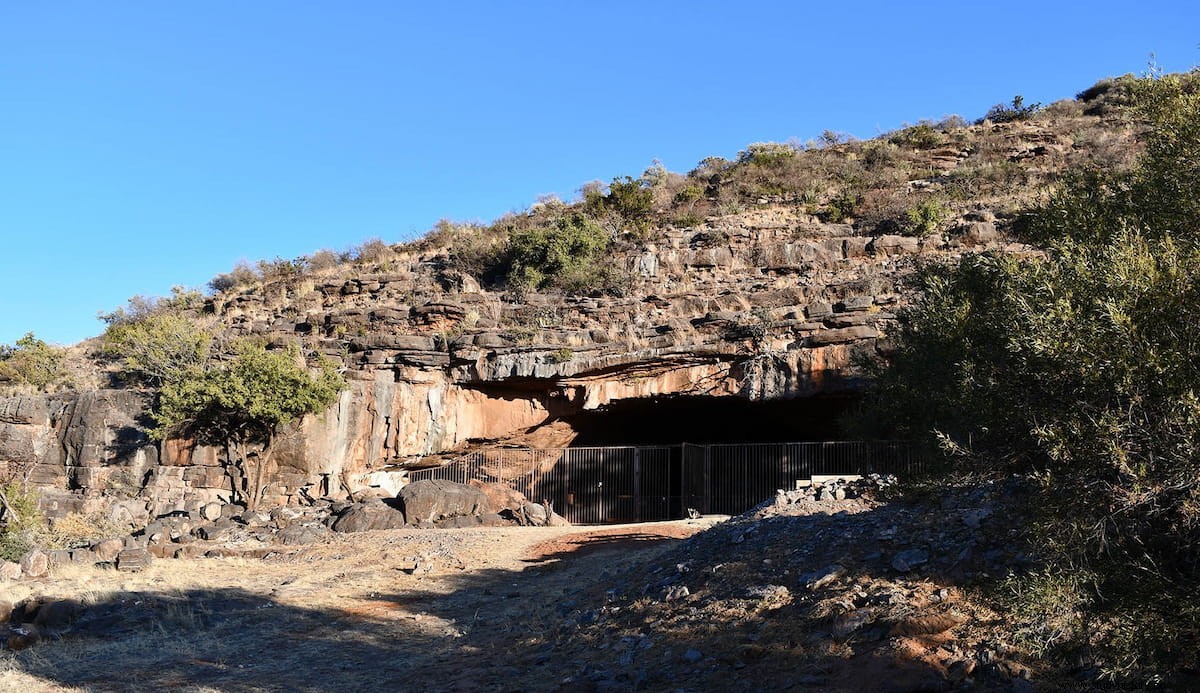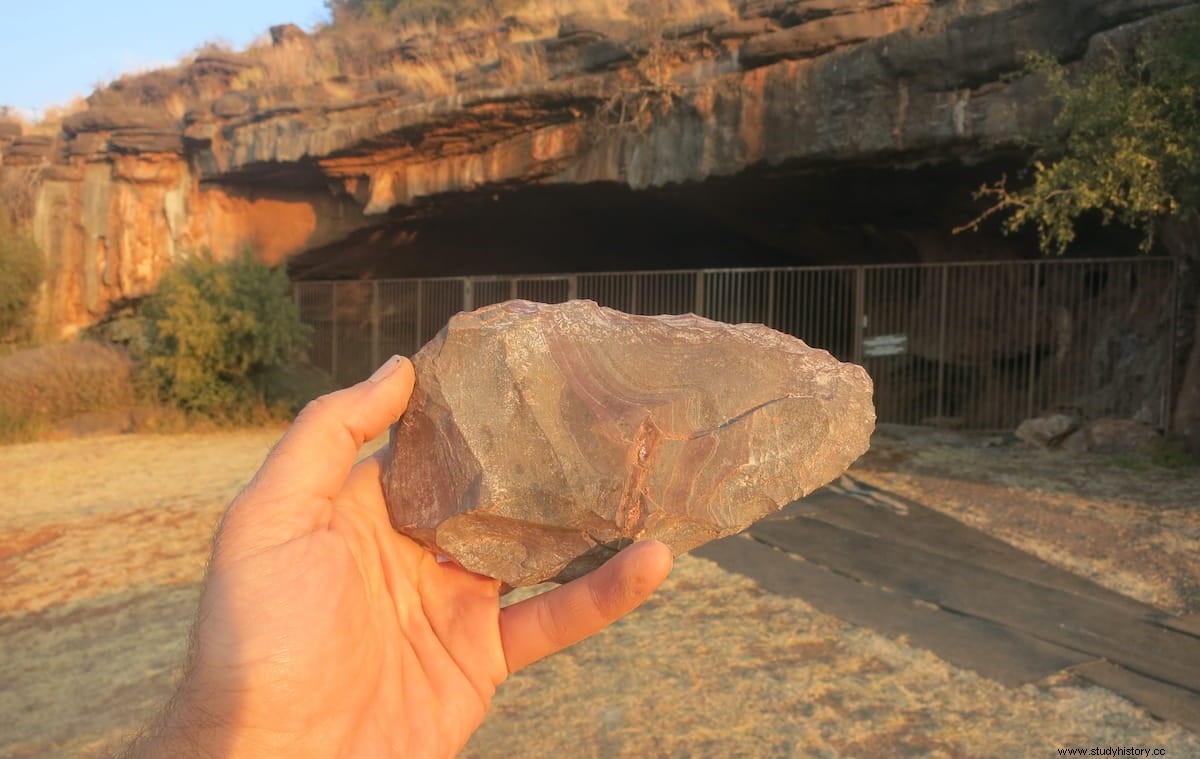Few places in the world preserve a continuous archaeological record spanning millions of years. Wonderwerk Cave, located in the Kalahari desert of South Africa, is one of those rare places. Wonderwerk Cave, which means “miracle” in Afrikaans, has been identified as the world's oldest cave occupation and the site of some of the earliest evidence of fire use and tool making among prehistoric humans. /P>
New research, published in Quaternary Science Reviews , led by a team of geologists and archaeologists from the Hebrew University of Jerusalem and the University of Toronto, confirms the record date of this spectacular site. We can now safely say that our human ancestors were making simple stone tools inside the Wonderwerk cave 1.8 million years ago. Wonderwerk is unique among ancient Oldowan sites, a type of tool that was first found 2.6 million years ago in East Africa, precisely because it is a cave and not an open-air location explained lead author Professor Ron Shaar of the Hebrew University's Institute of Earth Sciences.
The team was able to successfully determine the shift from Oldowan tools (mainly sharpened flakes and cutting tools) to the first hand axes to more than a million years ago, and to date the deliberate use of fire by our prehistoric ancestors to a million years, in a layer inside the cave. The latter is especially significant because other examples of early use of fire come from open-air sites where the possible role of wildfire cannot be excluded. In addition, Wonderwerk contained a whole series of remains of fire:burned bones, sediments and tools, as well as the presence of ashes.

The dating of cave deposits is one of the greatest challenges in paleoanthropology, that is, in the study of human evolution. To overcome this challenge, the team analyzed a 2.5 meter thick sedimentary layer containing stone tools, animal remains and fire remains using two methods:paleomagnetism and burial dating. We carefully extracted hundreds of small sediment samples from the cave walls and measured their magnetic signal , Shaar described.
The magnetization occurred when clay particles, which entered the cave from the outside, settled on the floor of the prehistoric cave, thus preserving the direction of the Earth's magnetic field at that time. Our laboratory analyzes showed that some of the samples were magnetized to the south instead of north, which is the direction of the current magnetic field. Since the exact timing of these magnetic "reversals" is recognized worldwide, it gave us clues as to the age of the entire sequence of layers in the cave , Shaar added.

Professor Ari Matmon, director of the Institute for Earth Sciences at the University of Hamburg, relied on a secondary dating method to confirm when the first "humans" could occupy the site. The quartz particles in the sand have a built-in geological clock that starts ticking when they enter a cave. In our lab, we can measure the concentrations of specific isotopes in those particles and deduce how long it has been since those sand grains entered the cave he explained.
The dating of prehistoric human activity in Wonderwerk Cave has far-reaching implications. Co-directors of the Wonderwerk cave project, Professor Michael Chazan of the University of Toronto and Liora Kolska Horwitz of the Hebrew University's National Natural History Collections, explained that the Wonderwerk findings are a step important for understanding the pace of human evolution on the African continent . With a time scale firmly established for Wonderwerk cave, we can continue to study the connection between human evolution and climate change, and the evolution of the way of life of our earliest human ancestors .
Located on the southern edge of the Kalahari Desert, Wonderwerk Cave is also a site of great spiritual importance to local communities, attesting to the cave's cultural importance to peoples past and present. The Wonderwerk Cave Research Project is committed to protecting the site and working with neighboring peoples to develop the educational and cultural potential of this unique site.
